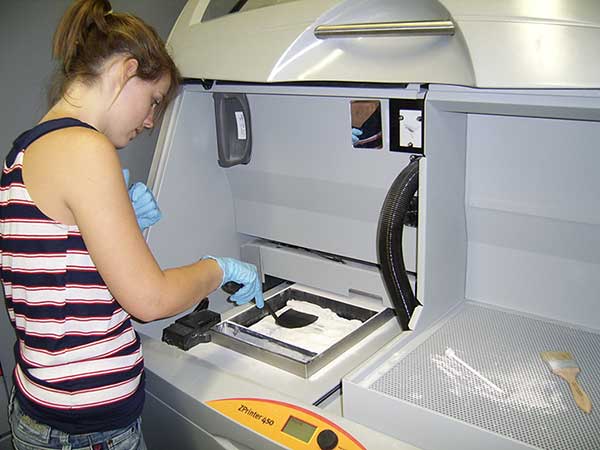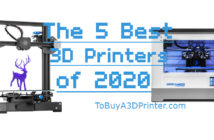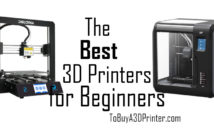3D printing is going to be an important part of innovation in the next few years. For one thing more and more products are being produced and introduced by individuals and small companies, who have very small startup budgets. A lot of these companies are seeking funding through non-traditional methods like crowd funding. With a rapid prototyping 3D printer, your company can quickly print out functioning parts for your product. Here’s what you need to know.
What a Rapid Prototyping 3D Printer Really Is
Consumer rapid prototyping 3D printers have three things in common. First, they are relatively cheap as they are aimed at the consumer market. Second, they print smaller objects much faster than larger industrial 3D printers. Finally, to enable that speed, the build envelopes are usually a lot smaller than something you’d find on a factory floor.
There are many different printers on the market today ranging from the more professional end that can see prices climb up to around $10,000 to the even more consumer focused 3D printers that range between $1000 and $2500. These lower end printers are ideal for companies who are just starting the prototyping stage of their product cycle.

How Product Innovation Is Improved
Instead of having to send your 3D files off to a professional printer, you are now able to print your own 3D prototypes right in the comfort of your own home/office.
That will not only save you a ton of time, but also a lot of money as well, both of which are your most important assets as a small company.
A rapid prototyping 3D printer will also enable you to make quicker and minute changes to the parts of your prototype, without having to scrap the entirety, or send your files back to a professional printer.
Finding the Best Printer
Now that you’ve been convinced that a rapid prototyping 3D printer might be of some use to your company, you might have questions as to what printer to buy. There are a few criteria that you should keep in mind when you do your search.
Cost – Obviously this is a big one. Most small companies, especially those still seeking funding, are operating on a shoestring budget. Only buy as much 3D printer as you can afford.
Build Envelope and Printer Resolution – These two technical specifications will limit the size of your prototype and the exactness of your prototype. Get a printer that meets your needs.
Ease of Use – Get a printer that is easy to learn, especially if you’re not familiar with 3D printing.
Conclusions
With a rapid prototyping 3D printer, your company can save time and money prototyping your product. You no longer have to send your designs out to other firms in order to get a prototype back. You can use services such as the rapid prototyping offered by the UPS Store, but these costs add up. If you can afford the initial investment, think about purchasing your own rapid prototyping 3D printer.




